Premium Only Content

Operation FishBowl
Operation Fishbowl was a series of high-altitude nuclear tests in 1962 that were conducted by the United States government as part of the Operation Dominic nuclear test program. The flight test vehicles were designed and manufactured by Avco Corporation.
"Operation Fishbowl" nuclear tests were originally planned to be completed during the first half of 1962 with three tests dubbed Bluegill, Starfish, and Urraca.
The first test attempt was delayed until June. Planning for Operation Fishbowl, as well as many other nuclear tests in the region, began quickly in response to the sudden announcement by the Soviet Union on August 30, 1961, of ending a three-year moratorium. on nuclear tests.3 The rapid planning of very complex operations required many changes as the project progressed.
All the tests were to be launched by missiles from Johnston Island in the Pacific Ocean north of the equator. Johnston Island had already been established as a launch site for the United States' high-altitude nuclear tests, rather than the other locations in the Pacific Proving Grounds. In 1958, Lewis Strauss, then chairman of the US Atomic Energy Commission, opposed high-altitude testing at sites that had been used for earlier nuclear tests in the Pacific. His opposition was motivated by fears that the flash from high-altitude nighttime detonations could blind civilians living on nearby islands. Johnston Island was a remote location, more distant from populated areas than other possible test locations. In order to protect residents of the Hawaiian Islands from sudden blindness or permanent retinal damage from the bright nuclear flash , Operation Fishbowl nuclear missiles were generally launched to the southwest of Johnston Island so that the detonations were farther from Hawaii.
Urraca was to be a high-altitude (above 1,000 km) yield test of about 1 megaton. The proposed Urraca test was always controversial, especially after the damage caused to satellites by the Starfish Prime detonation, as outlined below. Urraca was ultimately cancelled, and a thorough reassessment of the Operation Fishbowl plan took place during an 82-day lull in operations after the Bluegill Prime disaster of July 25, 1962, as described below.
A test called 'Kingfish' was added during the early planning stages of Operation Fishbowl. Two underperforming tests, Checkmate and Tightrope, were also added during the project, bringing the final number of tests in Operation Fishbowl to five.
-
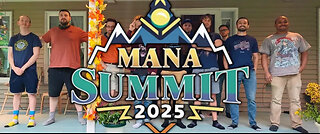 LIVE
LIVE
TheManaLord Plays
44 minutes agoMANA SUMMIT - DAY 1 ($10,200+) | BANNED PLAYER SMASH MELEE INVITATIONAL
313 watching -
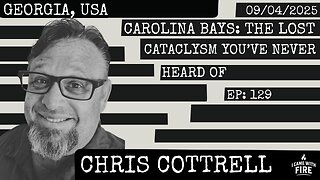 LIVE
LIVE
I_Came_With_Fire_Podcast
14 hours agoCarolina Bays: The Lost Cataclysm You've Never Heard Of
356 watching -
![Mr & Mrs X - [DS] Trafficking Empire – The Pedo Network Island, The Cover-Up: Part 2 - Ep 6](https://1a-1791.com/video/fww1/f8/s8/1/y/p/x/f/ypxfz.0kob-small-Mr-and-Mrs-X-DS-Trafficking.jpg) 59:56
59:56
X22 Report
19 hours agoMr & Mrs X - [DS] Trafficking Empire – The Pedo Network Island, The Cover-Up: Part 2 - Ep 6
77.4K27 -
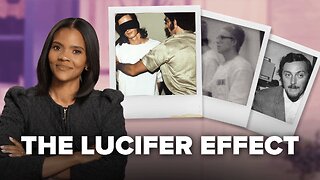 1:03:07
1:03:07
Candace Show Podcast
1 day agoI’M BACK! And STILL Asking Questions (Sorry Brigitte). | Candace Ep 233
111K213 -
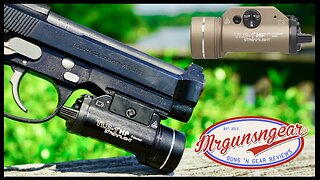 13:13
13:13
Mrgunsngear
19 hours ago $5.92 earnedStreamlight TLR-1 HP Review: Can It Dethrone Surefire?
38.2K10 -
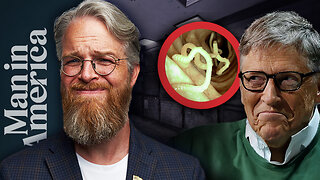 1:26:34
1:26:34
Man in America
21 hours agoExposing the Cover-Up That Could Collapse Big Medicine: Parasites
90K82 -
 1:12:09
1:12:09
Wendy Bell Radio
8 hours agoPet Talk With The Pet Doc
21.7K48 -
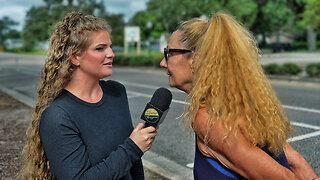 27:15
27:15
Liberty Hangout
2 days agoThe Most DELUSIONAL Democrats on Earth!
41.6K153 -
 38:41
38:41
JohnXSantos
1 day ago $0.95 earnedHow To Start A CLOTHING BRAND on a BUDGET! Step X Step (2025)
18.5K2 -
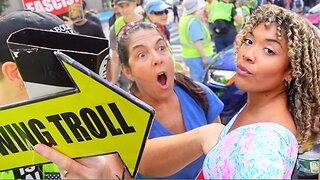 30:57
30:57
Her Patriot Voice
18 hours ago $16.82 earnedDemocrats More Unhinged Than EVER Before!
105K146